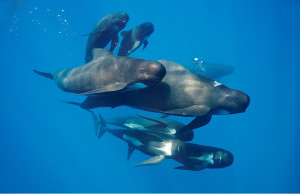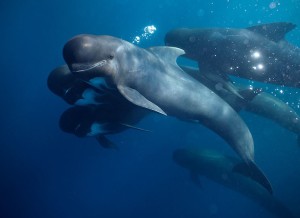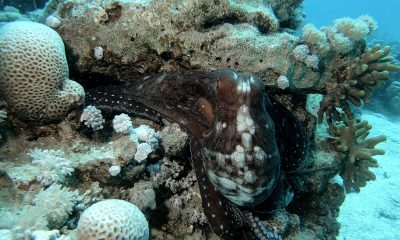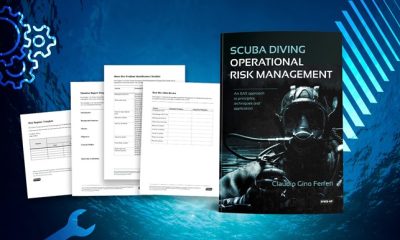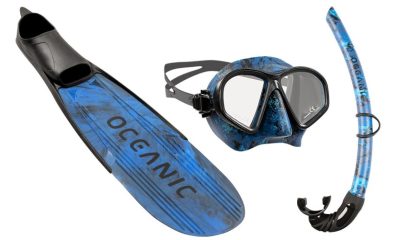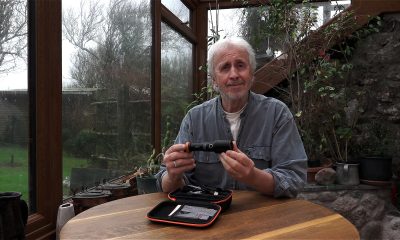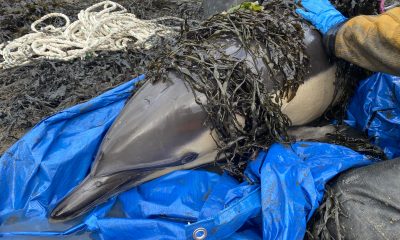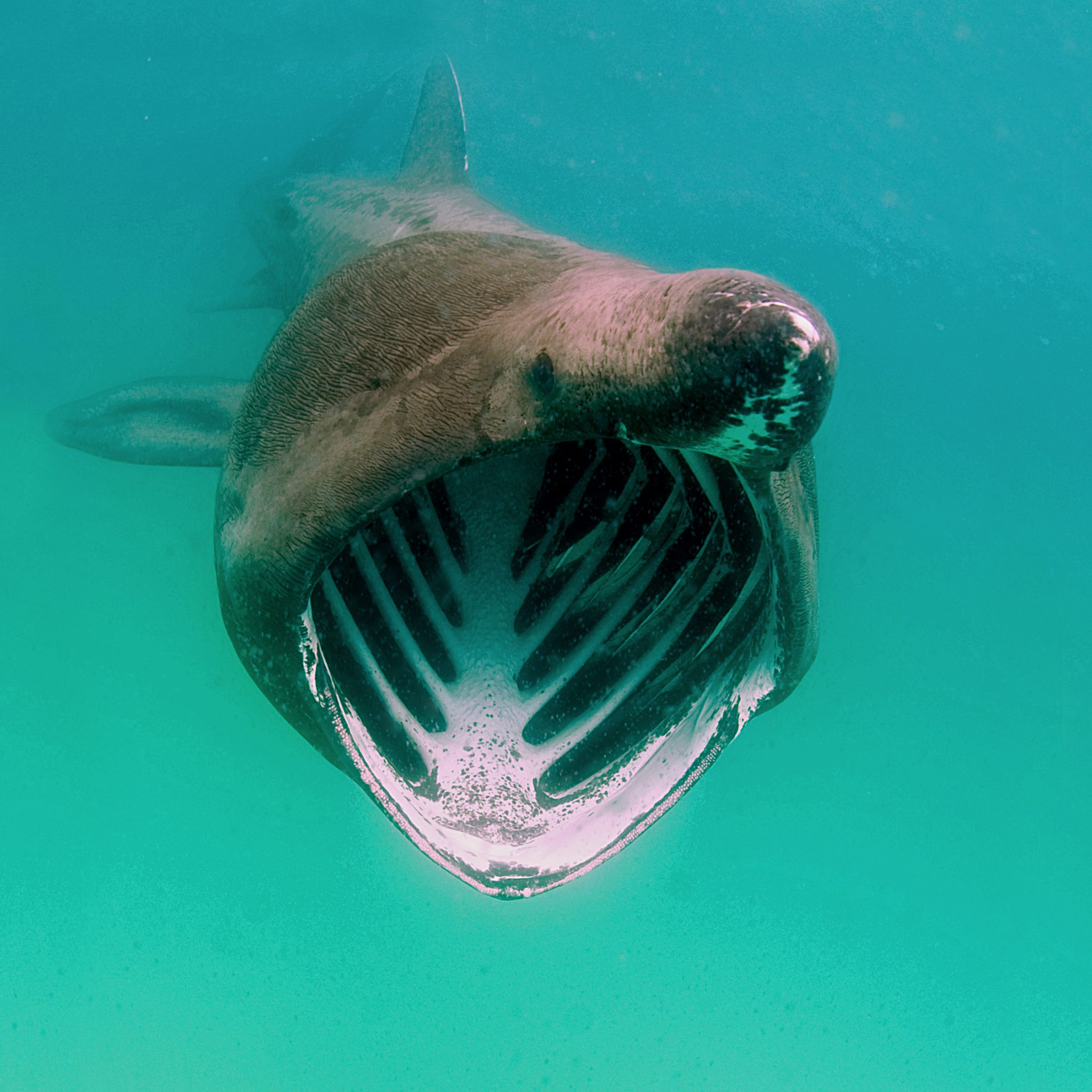News
Sorry, Jo – but I can’t ignore the Grind
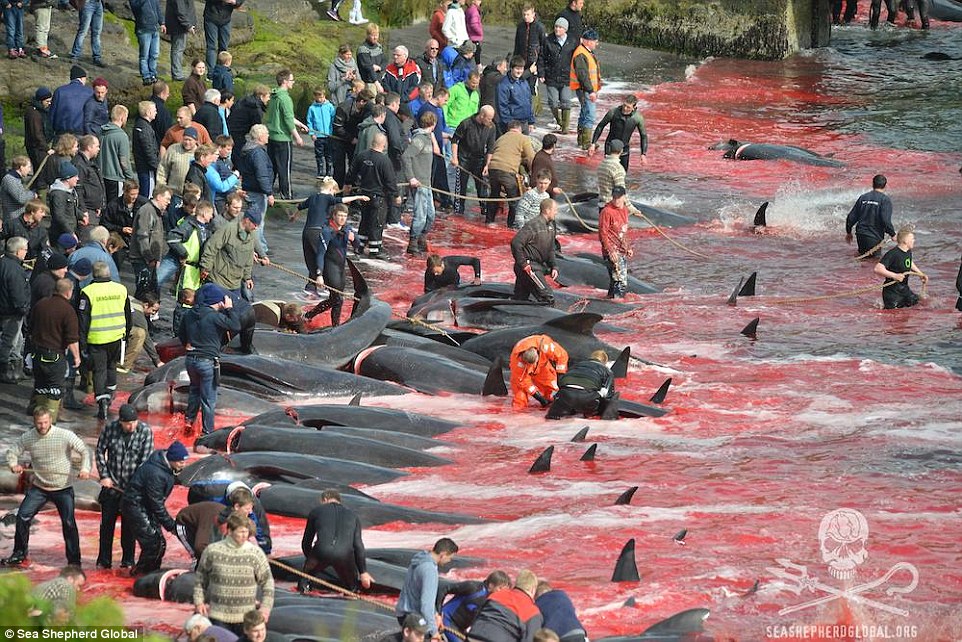
UPDATE: In response to the article below, we have had the following message from Rob Reed, Environmental Scientist, Archaeologist, and Chief Operations Officer at Sea Shepherd UK:
“In 2013 (a year when there was no Sea Shepherd campaign) the Faroe Islanders killed 1,534 pilot whales and dolphins (the over 1000 you were thinking of) comprising of 1,104 pilot whales and 430 Atlantic White Sided dolphins.
In the following year (2014) Sea Shepherd launched ‘Operation Grindstop’ and a total of just 48 pilot whales (though every 1 is 1 too many) were killed in Grindadrap hunts.
In 2015 Sea Shepherd launched ‘Operation Sleppid Grindini’ in the face of new Faroese anti-activist laws as well as strong opposition from the Danish Navy and the Faroe islands killed 492 pilot whales.
The figures come straight from the Faroe Islands government and the statistics are available to the end of 2015 at www.whaling.fo.”
————————————————————————————————————————————————————
Here is the original article:
As I opened a copy of Diver magazine’s February 2016 issue it was with great sadness and dismay my eyes fell on an article by Jo Caird entitled ‘Away from the Grind’. The article was based in the Faroe Islands in the North Atlantic and basically recommends we travel to the Faroe Islands, ignore the Grind and go diving.
For those who have never heard of the Grind or are unsure of what it is, let me briefly explain. Wikipedia states that the Grind is ‘Whaling in the Faroe Islands in the North Atlantic and is the hunting and slaughter of mainly long-finned pilot whales when they swim near the islands, and has been practised since about the time of the first Norse settlements on the islands’.
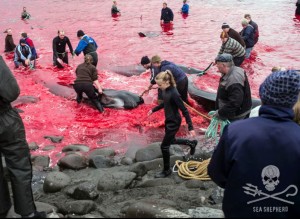 Exact figures of how many Pilot Whales and Dolphins are slaughtered every year are hard to obtain. In 2014 it was over 1,000, in 2015 it was 800. But whatever the figures are it is true to say that every pilot whale that passes the islands is considered good for killing.
Exact figures of how many Pilot Whales and Dolphins are slaughtered every year are hard to obtain. In 2014 it was over 1,000, in 2015 it was 800. But whatever the figures are it is true to say that every pilot whale that passes the islands is considered good for killing.
Cetacean pods and family groups of whales are driven to the shallow waters where they are impaled in the head or blowhole with a large metal hook and then dragged closer to the shore where people saw through the dorsal area to cut the spinal cord. If you are in any doubt about how much stress and pain these animals go through them simply watch one of the many videos on YouTube.
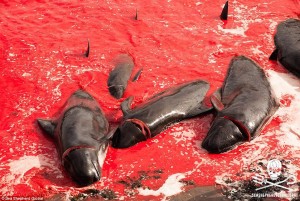 Cetacean family groups, swimming in blood, panic and scream as they watch and wait their turn to be killed. They listen to the death throws of others. We know scientifically that whales feel the same emotions that we do, pain, fear, hunger, happiness, exuberance and more. They are completely sentient.
Cetacean family groups, swimming in blood, panic and scream as they watch and wait their turn to be killed. They listen to the death throws of others. We know scientifically that whales feel the same emotions that we do, pain, fear, hunger, happiness, exuberance and more. They are completely sentient.
Yet Jo Caird asks that we ignore all this just to go diving in a new location and explore the islands. She says that the Grind is a tradition and should be treated as so. Well, beheading, burning, hanging, crucifixion of people all used to be traditional but we have moved on since those barbaric times. Yes it still happens in parts of the world even today, but does that make it right? No of course not.
Cruelty to animals exists in most cultures but that does not make it justifiable. Cruelty in the name of tradition and sport makes it abhorrent.
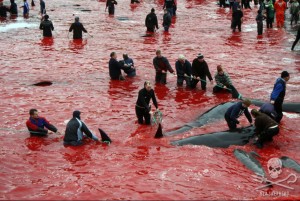 In case you are still not sure about the Grind take a look at some of the images on the web from this so called ‘humane and traditional’ social event. Young or old, it makes no difference – all the whales die. Perhaps you can ignore the Grind – I know I can’t.
In case you are still not sure about the Grind take a look at some of the images on the web from this so called ‘humane and traditional’ social event. Young or old, it makes no difference – all the whales die. Perhaps you can ignore the Grind – I know I can’t.
The Faroese claim the whales are a gift from God, but they do not belong to the islanders. The whales annually swim past my Cornish coastline and on up the west coast to Scotland and beyond. Historically we also used to kill whales but times change and the need for this resource has now passed and the brutal killing is no longer necessary.
As for Jo Caird’s article, well it left me cold, and as for the photos that went with it, as far as I could see, there is much better diving to be had here in the UK.
For me as a diver, the seas and marine life are to be shared and marvelled at. The wonder and exhilaration of experiencing communication with any marine species is unique and special. If ancient and bloody traditions such as the Grind continue to get support or are ignored, then we are all responsible for destroying a wonder of evolution as well as systematically destroying an environment that supports much of human life.
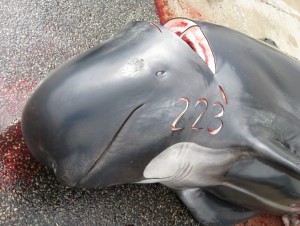 We are often outraged at the loss of man made things such as art or antiquities. A painting of an animal can become so much more valuable than the animal itself. These synthetic things are replaceable, life is not. When the last whale has gone there will never be another.
We are often outraged at the loss of man made things such as art or antiquities. A painting of an animal can become so much more valuable than the animal itself. These synthetic things are replaceable, life is not. When the last whale has gone there will never be another.
If you would still like to visit the Faroes to try the diving, make sure to visit one of the underwater graveyards where the whale remains are dumped. There is a short video on YouTube here.
If you are more interested in seeing whales alive, as in these photos by Chris Walter, then take at look at his site.
Perhaps even book a dive holiday with one of the many tour operators to other parts of the world where you can see them for real.
If you would like to know more about the importance and state of our oceans and our wildlife in general then have a look at the last report from WWF here.
Photos: Sea Shepherd
Blogs
Northern Red Sea Reefs and Wrecks Trip Report, Part 2: Wall to Wall Wrecks
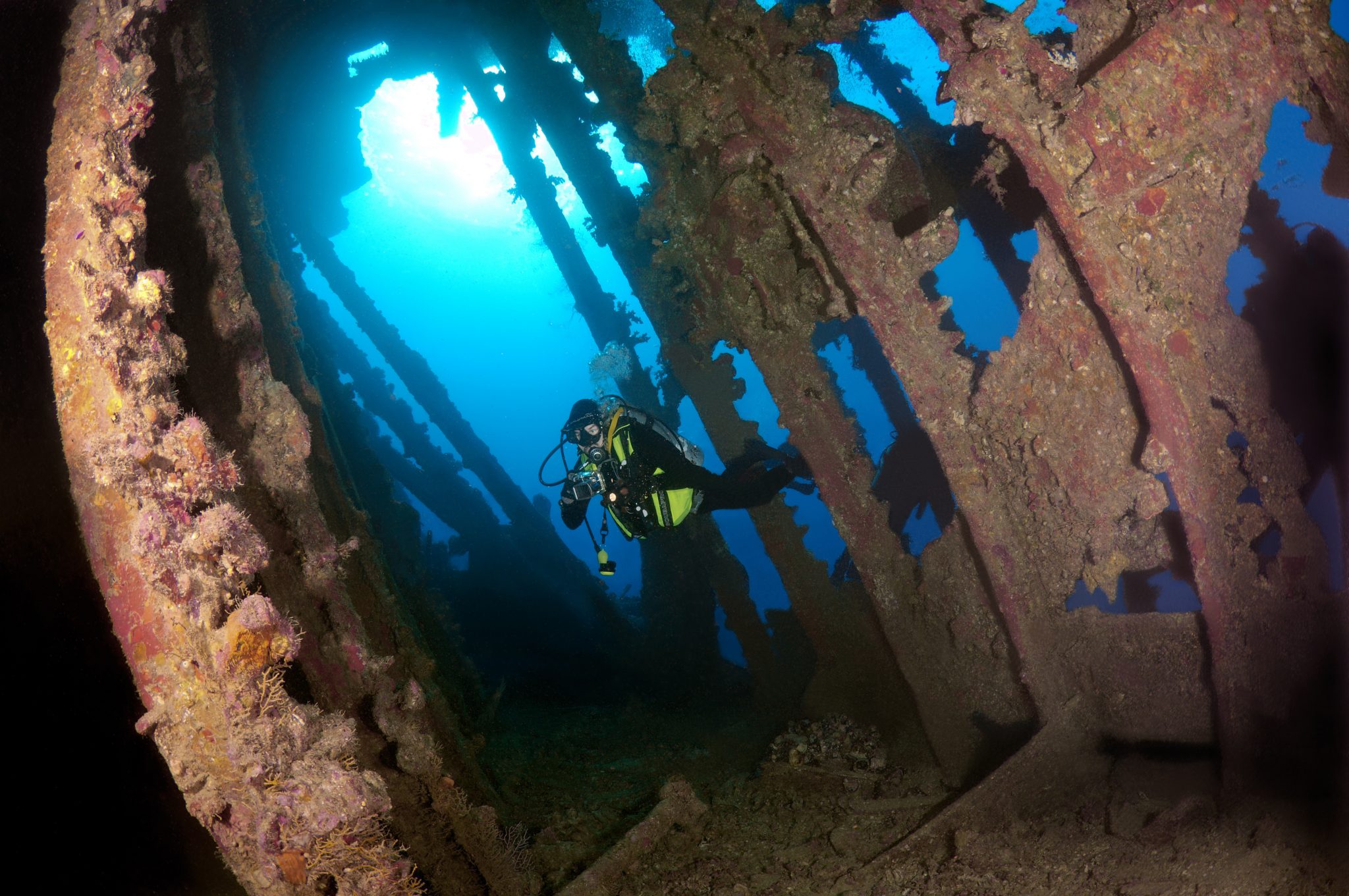
Jake Davies boards Ghazala Explorer for an unforgettable Red Sea diving experience…
The second day’s diving was a day full of wreck diving at Abu Nuhas, which included the Chrisoula K, Carnatic, and Ghiannis D. The first dive of the day was onto the Chrisoula K, also known as the wreck of tiles. The 98m vessel remains largely intact where she was loaded with tiles which can be seen throughout the hold. The stern sits at 26m and the bow just below the surface. One of the highlights of the wreck is heading inside and seeing the workroom where the machinery used for cutting the tiles are perfectly intact. The bow provided some relaxing scenery as the bright sunlight highlighted the colours of the soft coral reef and the many reef fish.
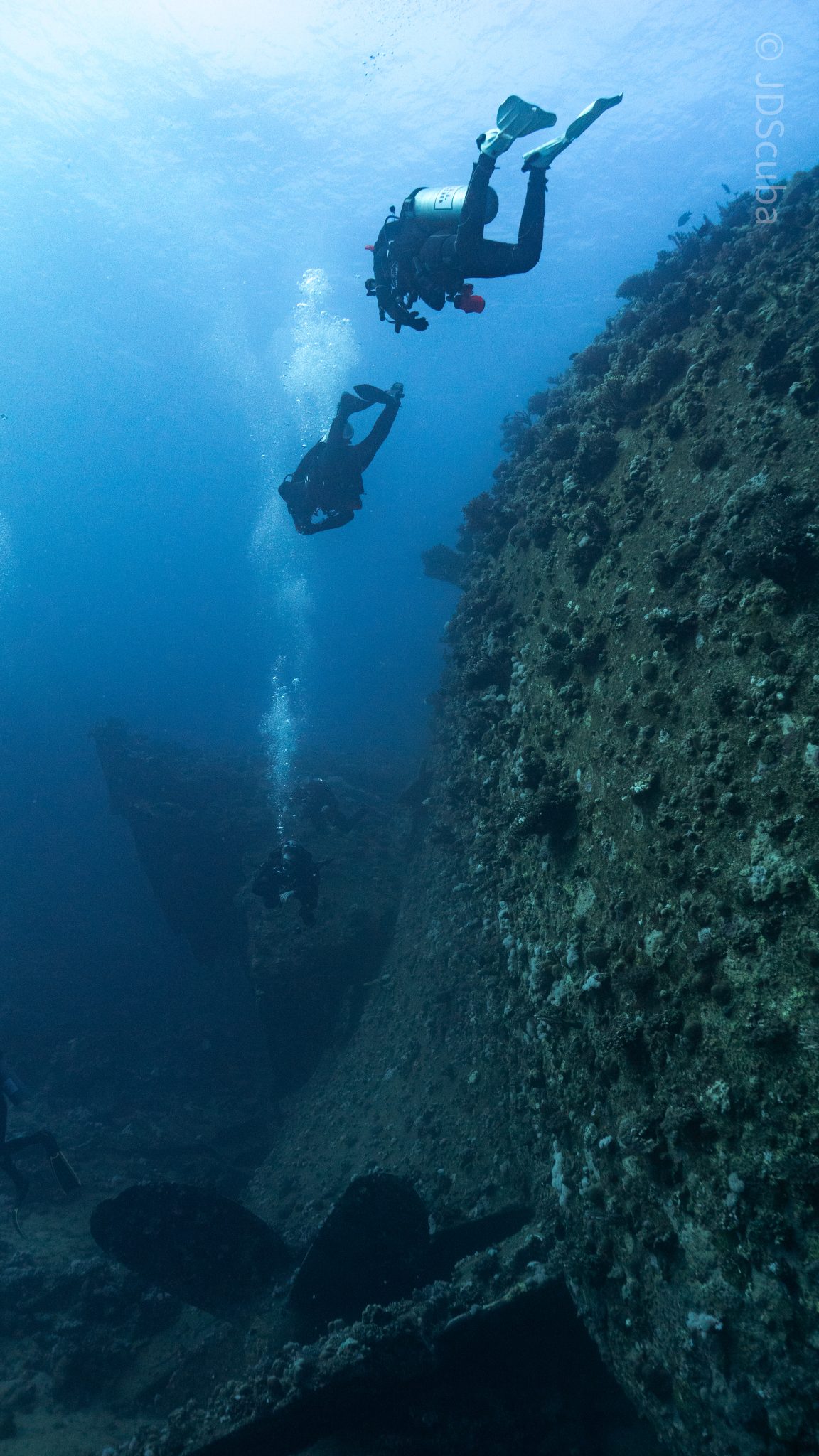
Following breakfast, we then headed to the next wreck, which was the Carnatic. The Carnatic is an 89.9m sail steamer vessel that was built in Britain back in 1862. She ran aground on the reef back in 1869 and remains at 27m. At the time, she was carrying a range of items, including 40,000 sterling in gold. An impressive wreck where much of the superstructure remains, and the two large masts lay on the seafloor. The wooden ribs of the hull provide structures for lots of soft corals, and into the stern section, the light beams through, bouncing off the large shoals of glass fish that can be found using the structure as shelter from the larger predators that are found outside of the wreck.

The final wreck at Abu Nuhas was the Ghiannis D, originally called ‘Shoyo Maru,’ which was 99.5m long and built in Japan back in 1969 before becoming a Greek-registered cargo ship in 1980. The ship then ran aground on the reef on April 19th, 1983, and now sits at the bottom at a depth of 27m. Heading down the line, the stern of the ship remains in good condition compared to the rest of the hull. The highlight of the wreck, though, is heading into the stern section and down the flights of stairs to enter the engine room, which remains in good condition and is definitely worth exploring. After exploring the interior section of the ship, we then headed over to see the rest of the superstructure, where it’s particularly interesting to see the large table corals that have grown at the bow relatively quickly considering the date the ship sank. After surfacing and enjoying some afternoon snacks, we made sure everything was strapped down and secured as we would be heading north and crossing the Gulf of Suez, where the winds were still creating plenty of chop.
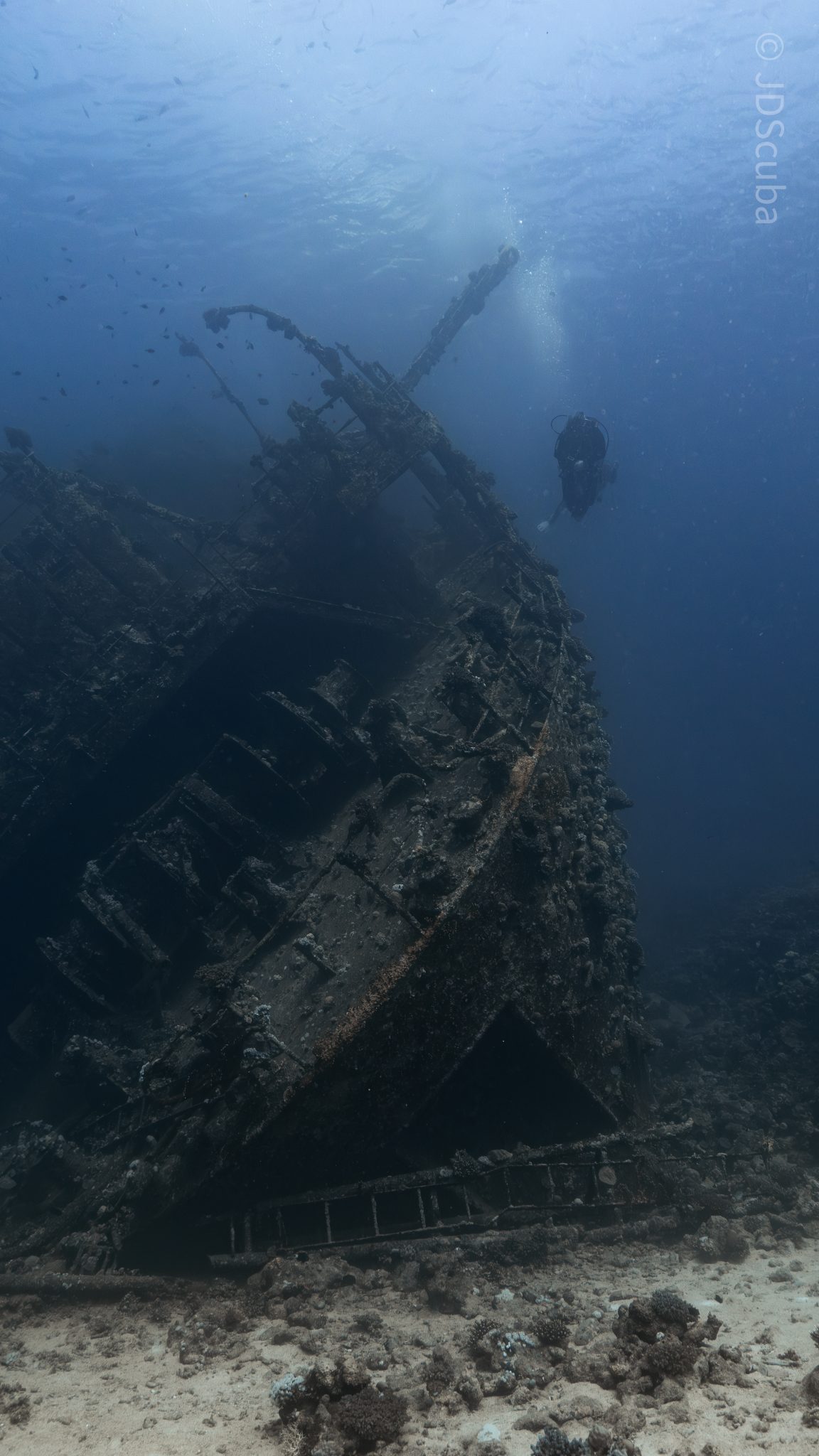
The next morning, it was a short hop to Ras Mohammed Nature Reserve for the next couple of days of diving. The 6am wake-up call came along with the briefing for the first site we would be diving, which was Shark & Yolanda. The low current conditions allowed us to start the dive at Anemone City, where we would drift along the steep, coral-filled wall. These dives involved drifts, as mooring in Ras Mohammed wasn’t allowed to protect the reefs. As a dive site, Shark & Yolanda is well-known and historically had a lot of sharks, but unfortunately not so many in recent years, especially not so early in the season. However, there was always a chance when looking out into the blue.
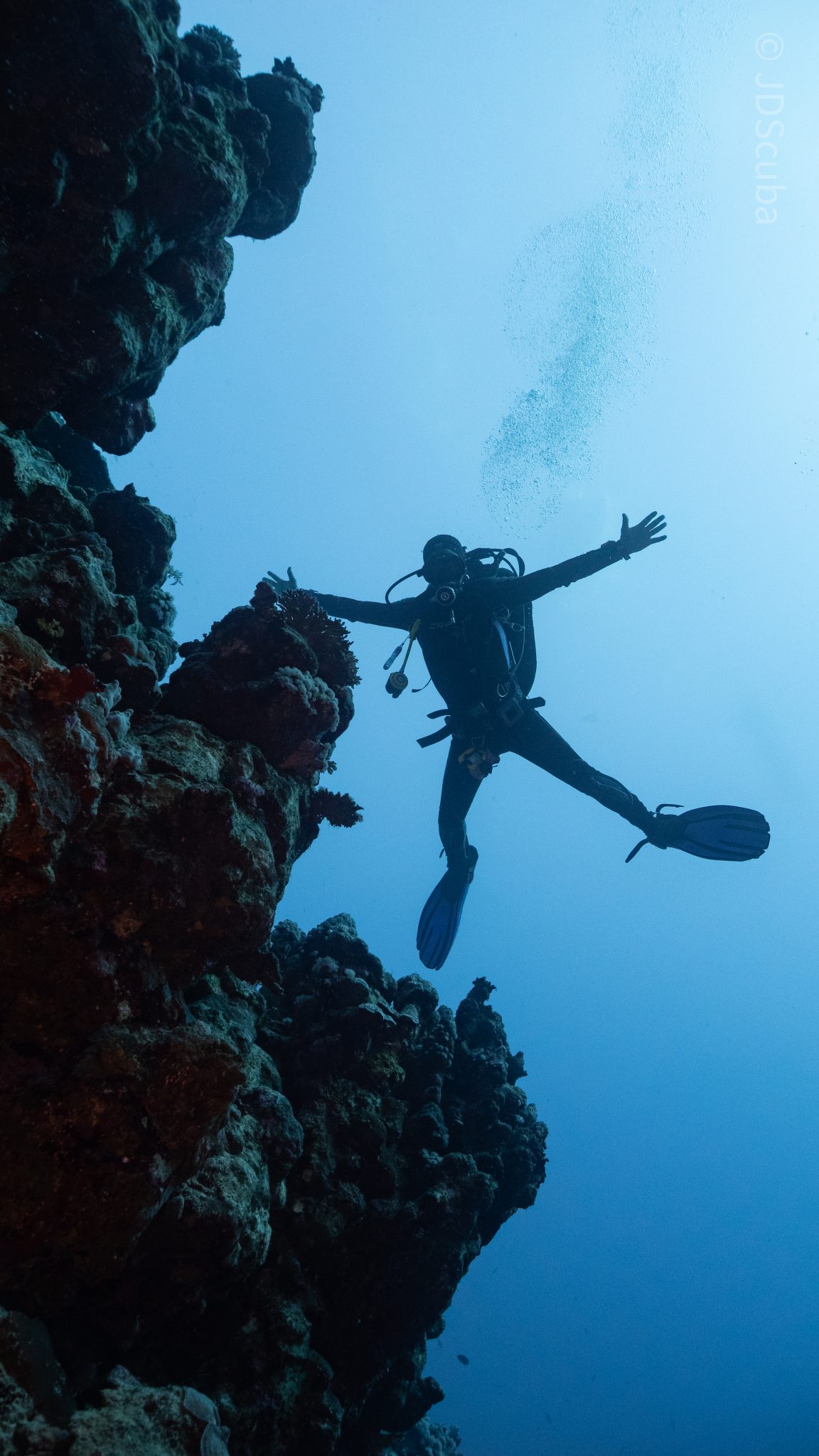
The gentle drift took us along the steep walls of the site, with plenty of anemone fish to be seen and a huge variety of corals. It wasn’t long into the dive before we were accompanied by a hawksbill turtle, who drifted with us between the two atolls before parting ways. Between the two reefs, the shallow patch with parts of coral heads surrounded by sand provided the chance to see a few blue-spotted stingrays that were mainly resting underneath the corals and are always a pleasure to see. With this being the morning dive, the early sunlight lit up the walls, providing tranquil moments. Looking out into the blue, there was very little to be seen, but a small shoal of batfish shimmering underneath the sunlight was a moment to capture as we watched them swim by as they watched us.
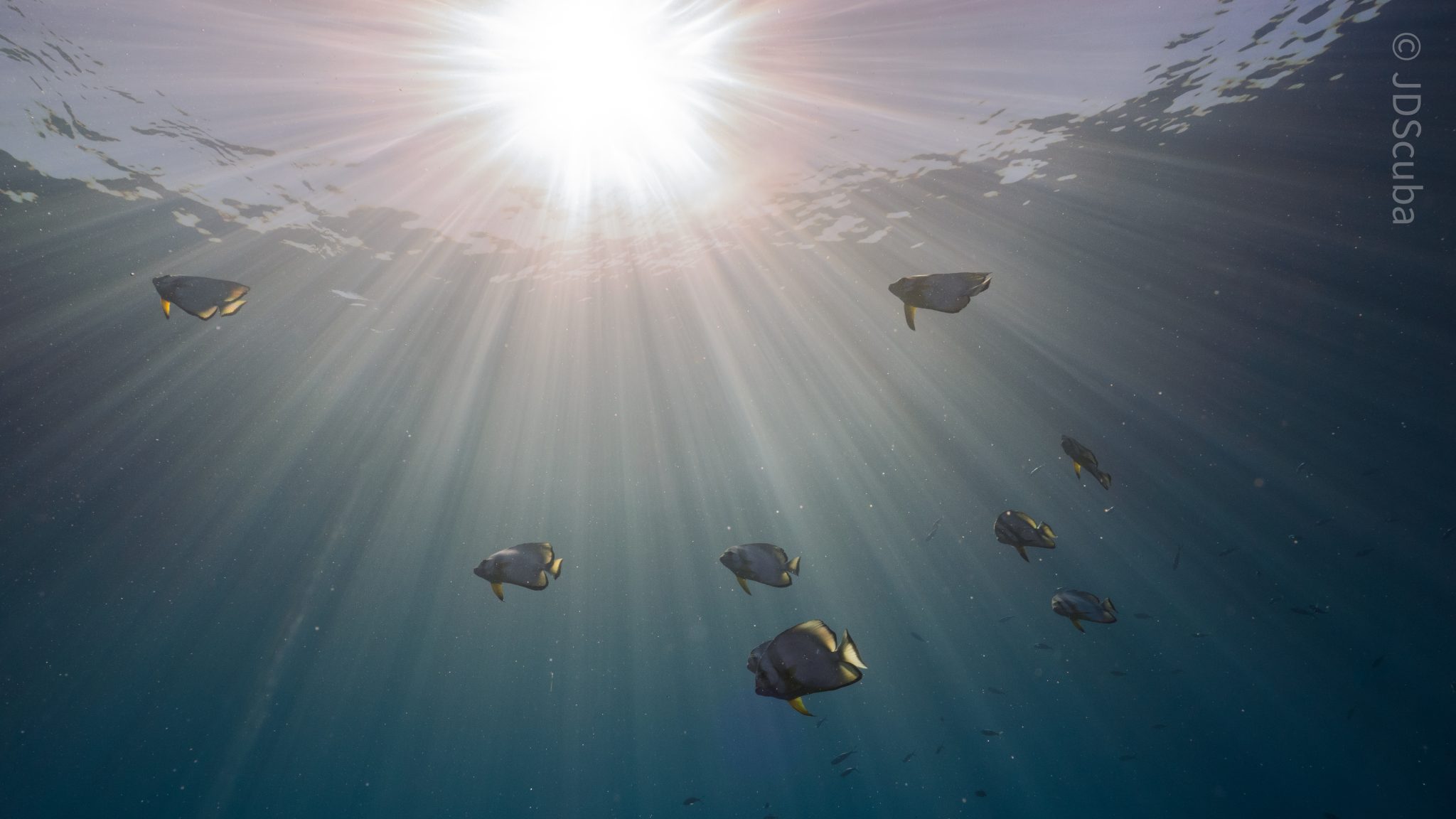
Towards the end of the dive, we stopped at the wreck of the Jolanda where the seafloor was scattered with toilets from the containers it was carrying. This provided a unique site to make a safety stop, which was also accompanied by a large barracuda slowly swimming by, along with a hawksbill turtle calmly swimming over the reef as the sun rays danced in the distance.
For the next dive, we headed north to the Strait of Tiran to explore the reefs situated between Tiran Island and Sharm El Sheik, which were named after the British divers who had found them. We started on Jackson before heading to Gordons Reef, where we also did the night dive. All the atolls at these sites provided stunning, bustling coral reefs close to the surface and steep walls to swim along, which always provided the opportunity to keep an eye out for some of the larger species that can be seen in the blue. Midwater around Jackson Reef was filled with red-toothed triggerfish and shoals of banner fish, which at times were so dense that you couldn’t see into the blue. Moments went by peacefully as we enjoyed the slow drift above the reef, watching these shoals swim around under the mid-afternoon sun.
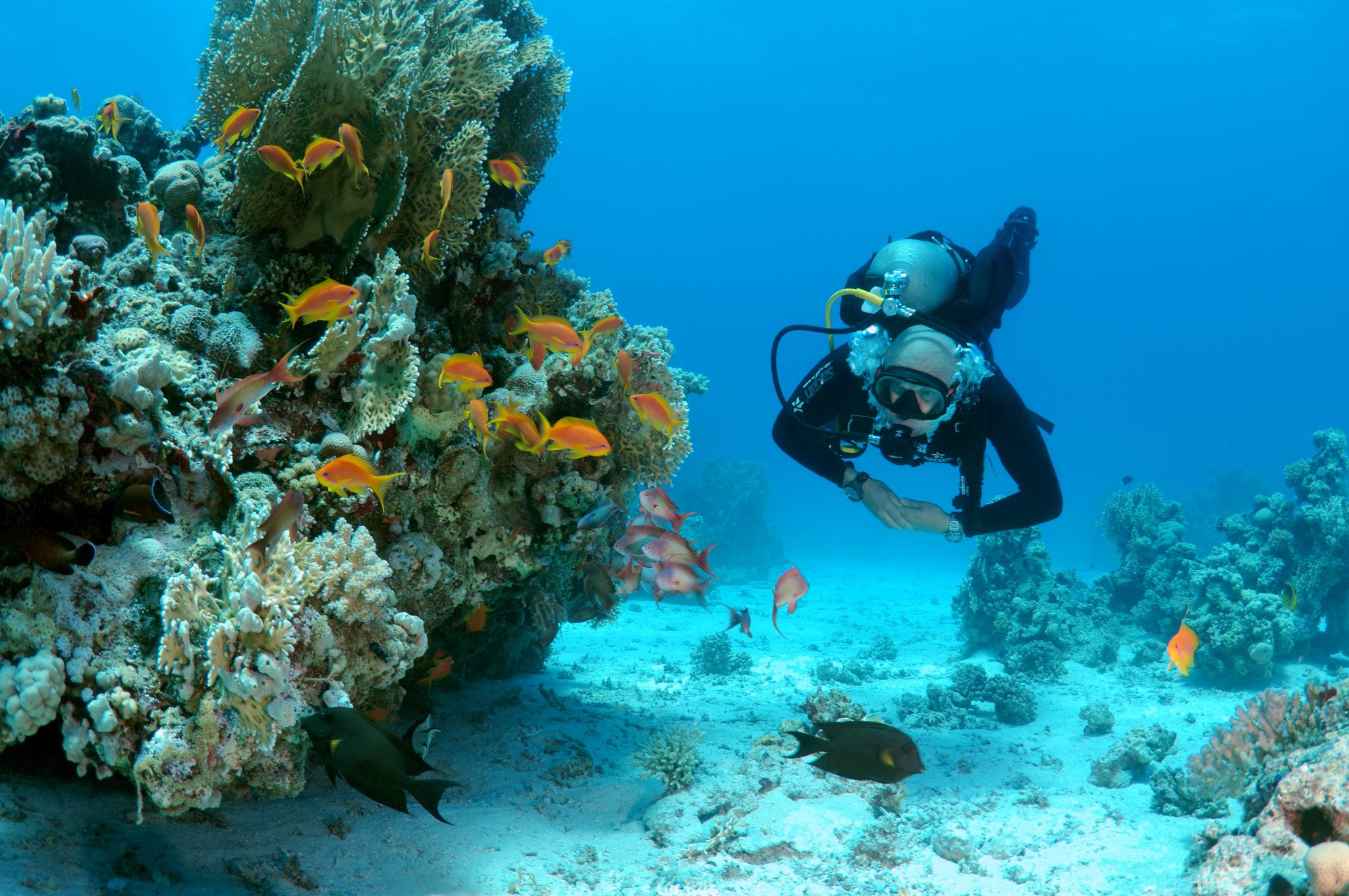
The night dive at Gordon’s Reef was mainly among the stacks of corals surrounded by sand, which was great to explore under the darkness. After some time circling the corals, we came across what we were really hoping to find, and that was an octopus hunting on the reef. We spent the majority of the dive just watching it crawl among the reef, blending into its changing surroundings through changes in colour and skin texture. It’s always so fascinating and captivating to watch these incredibly intelligent animals, in awe of their ability to carry out these physical changes to perfectly blend into the reef. Before we knew it, it was time to head back to the boat to enjoy a well-deserved tasty dinner prepared by the talented chefs onboard.
Check in for the 3rd and final part of this series from Jake tomorrow!
To find out more about the Northern Red Sea reef and wrecks itineraries aboard Ghazala Explorer, or to book, contact Scuba Travel now:
Email: dive@scubatravel.com
Tel: +44 (0)1483 411590
Photos: Jake Davies / Avalon.Red
Marine Life & Conservation
Double Bubble for Basking Sharks
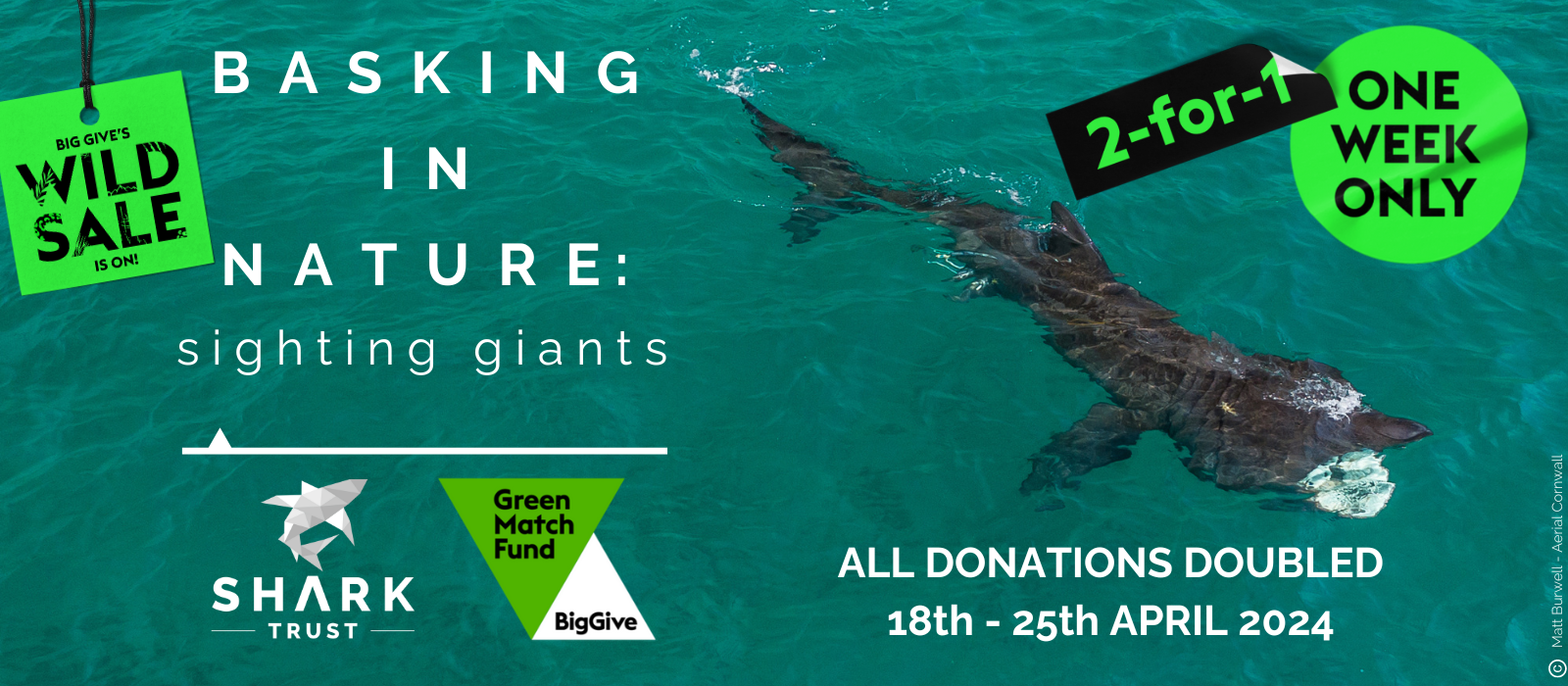
 The Shark Trust is excited to announce that, for two more days only, all donations, large or small, will be doubled in the Big Give Green Match Fund!
The Shark Trust is excited to announce that, for two more days only, all donations, large or small, will be doubled in the Big Give Green Match Fund!
Donate to Basking in Nature: Sighting Giants
The Shark Trust is hoping to raise £10k which will be doubled to £20k. This will go towards Basking in Nature: Sighting Giants. And they need YOUR help to reach they’re goal.
The Shark Trust’s citizen science project is to monitor and assess basking sharks through sightings; encouraging data collection, community engagement, and promoting nature accessibility. This initiative aims to enhance health and wellbeing by fostering a deeper connection with British Sharks.
Campaign Aims
- Increase citizen science reporting of Basking Sharks and other shark sightings to help inform shark and ray conservation.
- Provide educational talks about the diverse range of sharks and rays in British waters and accessible identification guides!
- Create engaging and fun information panels on how to ID the amazing sharks and rays we have on our doorstep! These can be used on coastal paths around the Southwest. With activities and information on how you can make a difference for sharks and rays!
- Promote mental wellbeing through increasing time in nature and discovering the wonders beneath the waves!
Donate, and double your impact. Click Here
-
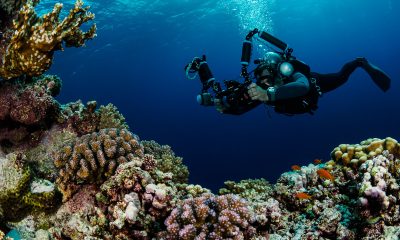
 News3 months ago
News3 months agoHone your underwater photography skills with Alphamarine Photography at Red Sea Diving Safari in March
-
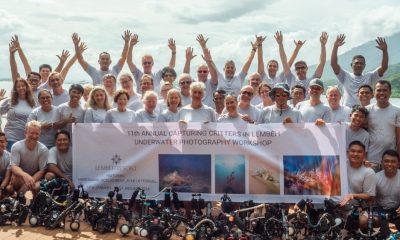
 News3 months ago
News3 months agoCapturing Critters in Lembeh Underwater Photography Workshop 2024: Event Roundup
-
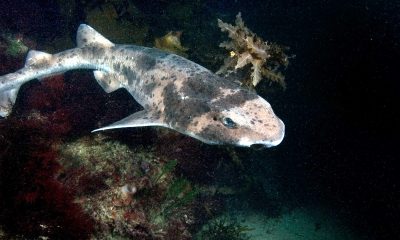
 Marine Life & Conservation Blogs2 months ago
Marine Life & Conservation Blogs2 months agoCreature Feature: Swell Sharks
-
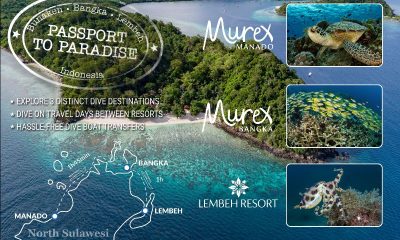
 Blogs2 months ago
Blogs2 months agoMurex Resorts: Passport to Paradise!
-
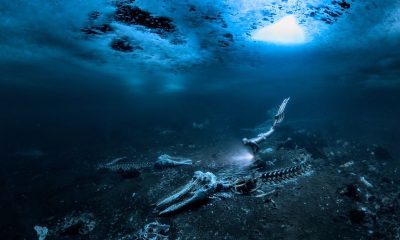
 Blogs2 months ago
Blogs2 months agoDiver Discovering Whale Skeletons Beneath Ice Judged World’s Best Underwater Photograph
-

 Gear Reviews2 months ago
Gear Reviews2 months agoGear Review: Oceanic+ Dive Housing for iPhone
-
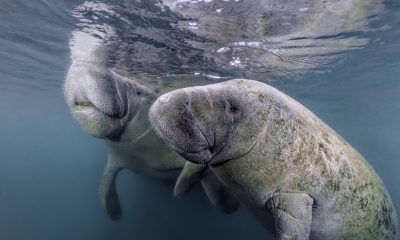
 Marine Life & Conservation2 months ago
Marine Life & Conservation2 months agoSave the Manatee Club launches brand new webcams at Silver Springs State Park, Florida
-
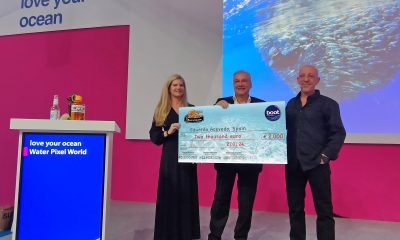
 News3 months ago
News3 months agoWorld’s Best Underwater Photographers Unveil Breathtaking Images at World Shootout 2023



